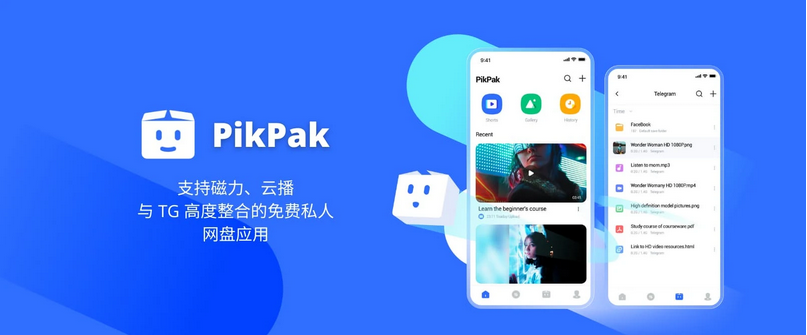
推荐阅读:
[AI-人工智能]免翻墙的AI利器:樱桃茶·智域GPT,让你轻松使用ChatGPT和Midjourney - 免费AIGC工具 - 拼车/合租账号 八折优惠码: AIGCJOEDISCOUNT2024
[AI-人工智能]银河录像局: 国内可靠的AI工具与流媒体的合租平台 高效省钱、现号秒发、翻车赔偿、无限续费|95折优惠码: AIGCJOE
[AI-人工智能]免梯免翻墙-ChatGPT拼车站月卡 | 可用GPT4/GPT4o/o1-preview | 会话隔离 | 全网最低价独享体验ChatGPT/Claude会员服务
[AI-人工智能]边界AICHAT - 超级永久终身会员激活 史诗级神器,口碑炸裂!300万人都在用的AI平台
《ChatGPT 恶意信息检测:一个全面指南》
Introduction
In recent years, the rise of AI-driven technologies such as ChatGPT has revolutionized the way we communicate and access information online. However, with this advancement comes concerns about the authenticity and reliability of content created by these tools. In this article, we explore how to detect fake news using ChatGPT, covering key strategies and techniques for assessing the credibility of generated text.
Key Takeaways
1. Understanding the Basics of ChatGPT
- Recognize that ChatGPT is a large language model designed to generate human-like text based on patterns in vast amounts of text data.
- Understand its capabilities and limitations when it comes to detecting fake news.
2. Identifying Red Flags in Text Generated by ChatGPT
- Look out for ambiguous statements or contradictions between different parts of the same piece of text.
- Pay attention to inconsistencies in tone, grammar, or vocabulary compared to other sources.
- Watch out for sensational headlines or clickbait content.
3. Assessing the Source and Context
- Consider the origin of the text: Are they well-known experts or reputable organizations? The quality of their responses can significantly affect the accuracy of the content.
- Investigate the context behind the statement – does it fit within the established facts and norms?
Strategies for Detecting Fake News Using ChatGPT
1. Use Contextual Analysis
- Compare the provided response to known factual information related to the topic. If there's significant discrepancy, be cautious.
2. Verify with Other Sources
- Cross-check the information against reliable third-party sources. This helps confirm if the statement aligns with commonly accepted knowledge.
3. Analyze Tone and Style
- Check if the language used is overly complex or jarGon-filled, which could indicate an attempt at misdirection rather than genuine expertise.
4. Review Authorship
- Identify whether the author of the text is credible. Check for any conflicts of interest or biases.
Common Mistakes and Misconceptions
1. Believing Everything Generated by ChatGPT Is True
- Be wary of claims made without evidence or proof. Trustworthiness often depends more on the source of the information rather than just the tool itself.
2. Assuming All Content Created by ChatGPT Is Accurate
- Recognize that even highly skilled models like ChatGPT may make mistakes or provide incomplete information. It’s essential to approach all text generated by these tools critically.
Conclusion
As ChatGPT continues to evolve, so do the challenges posed by fake news. By employing these detection strategies, users can improve their ability to distinguish between genuine information and those attempting to deceive us through misinformation. As with any technology, education and critical thinking remain crucial in navigating the landscape of digital communication and media consumption.







本文标签属性:
ChatGPT fake news检测:fake location检测
AI:Al健康助手
ChatGPT:chatgpt是啥




